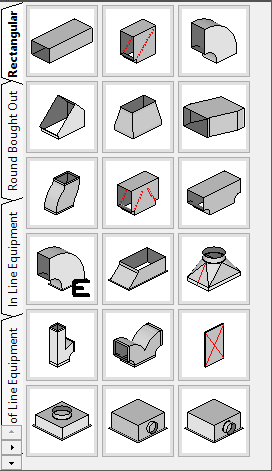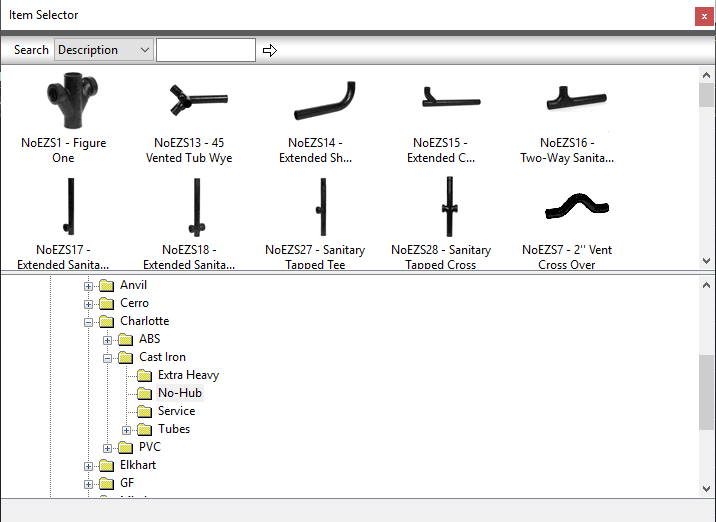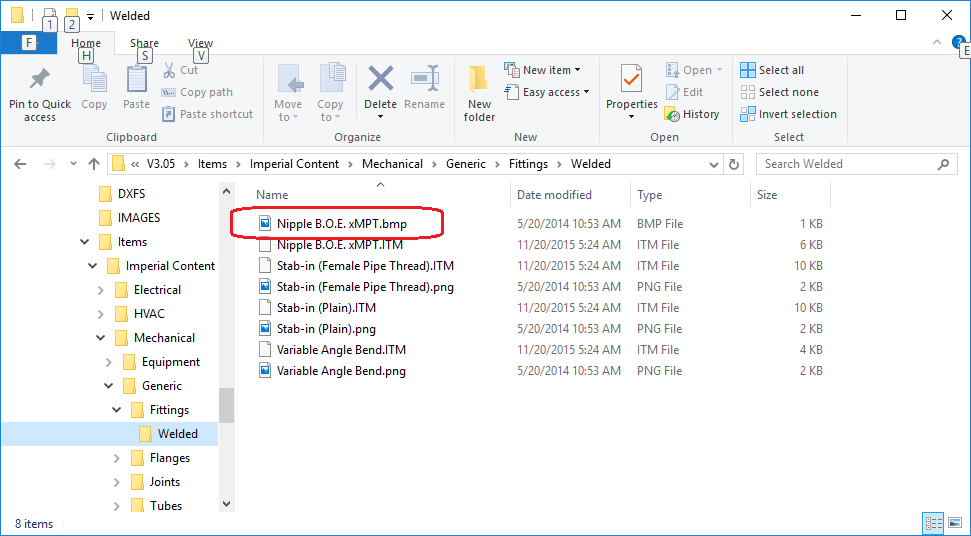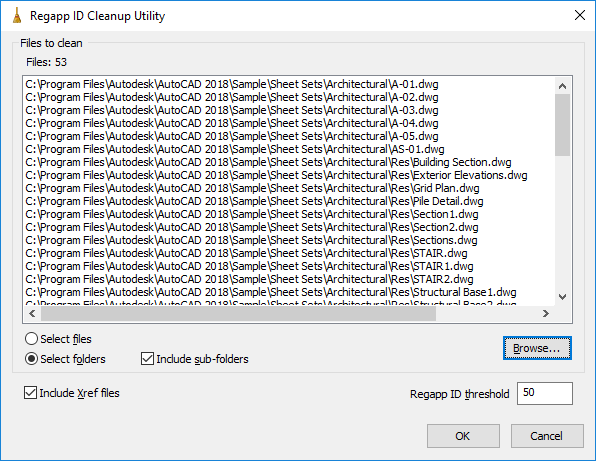Revit Hardware Benchmark
Every CAD or BIM user I talk to is in the same boat. The struggle and fight with their IT department to spend for adequate hardware. IT departments, tasked with keeping down budgets and slowing hardware refresh times simply go to the software vendors web site and look at minimum and recommended specs. Take for example, Autodesk’s requirements for Revit 2019…
https://knowledge.autodesk.com/support/revit-products/troubleshooting/caas/sfdcarticles/sfdcarticles/System-requirements-for-Autodesk-Revit-2019-products.html
What most don’t know is that these specifications are typically based on what most customers are using. If most customers are using low quality hardware, the recommendations will also be low quality hardware. Requirements and recommendation also typically don’t reflect what you’re doing….2d drafting or rendering for example.
Autodesk has gotten better about listed recommendations for large and small data sets, but it’s still doesn’t give you a good picture of what’s going on.
One this you can do is run some bench marking on your systems. This is typically an automated process that runs your system through various activities and ranks it based on the time to perform those tasks.
For Revit, a sharp guy named Gordon Price has helped develop a set of Benchmarking utilities for Revit. They’re posted to https://www.revitforum.org for free download and posting feedback.
You can download the utilities from this page…
https://www.revitforum.org/hardware-infrastructure/35955-rfo-benchmark-v3-x.html
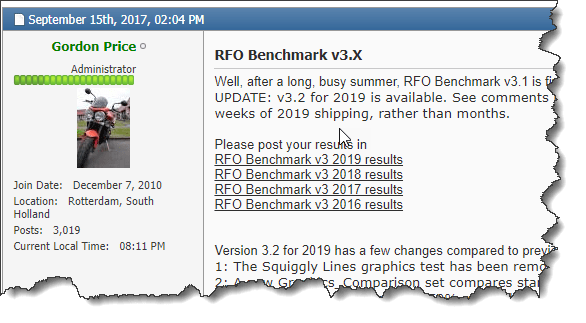
I’ve got to say, I anticipated having to fuss a bunch, re-configuring support folders, repathing files and such. To my surprise, it was very simple. Like, extract the files to a folder, read the README.TXT file to understand what the various benchmark options were then click the shortcut.
You can get a little more advanced and have the benchmark assemble the results to a network location so you can benchmark all your machines and keep all the data on one place. But if you want to just run a simple benchmark, it’s very easy to do so although running the Expanded benchmark can take hours as it’s pretty exhaustive.
When you’re done, you get a text file summary of your particular systems results, Here’s a sample of data from my laptop….not very impressive but it’ not my primary system, just for home.travel use.
RVT 2019 - Full_Simplified set - 2018.10.06 @ 08.23.24 on MYCOMPUTER.txt
RFO Benchmark v3.2 (build 01.05.2018)
RevitForum.org
All times are in seconds, lower is better.
Run on Revit 2019.1
____________________________________________________ Model creation benchmark
16.46 opening and loading the custom template
20.78 creating the floors levels and grids
32.13 creating a group of walls and doors
52.27 modifying the group by adding a curtain wall
19.79 creating the exterior curtain wall
15.05 creating the sections
6.79 changing the curtain wall panel type
25.36 creating area plans
3.61 creating and applying view template
192.24 TOTAL
____________________________________________________ Graphics
7.99 activate View Styles view
4.17 change view to Wireframe
0.21 change view to Hidden
0.67 change view to Shaded
0.87 change view to Consistent Colors
0.66 change view to Realistic
3.01 refresh Wireframe Line view x10
9.24 refresh Hidden Line view x10
9.50 refresh Shaded view x10
8.91 refresh Consistent Colors view x10
10.77 refresh Realistic view x10
0.84 activate View Cube view
5.96 rotate view x1
62.80 TOTAL
Notes:
Graphics benchmark measures the entire graphics stack, which includes CPU and memory.
To meaningfully compare graphics cards, test all cards in the same
machine and use the 'Graphics - expanded' benchmark.
TEST CONDITIONS:
____________________________________________________ Mfr: Dell Inc.
Model: Latitude E5470
OS: Microsoft Windows 10 Enterprise64-bit
____________________________________________________ CPU: Intel(R) Core(TM) i5-6300U CPU @ 2.40GHz
Max Clock Speed: 2.496Ghz
Number of Processors: 2
Number of Logical Processors: 4
Total Physical Memory: 8GB @ 2133Mhz
____________________________________________________ Drive Type: local Disk (NTFS)
Drive Model: SanDisk X400 M.2 2280 128GB
____________________________________________________ Graphics Card: Intel(R) HD Graphics 520
Graphics RAM: 1GB
Driver version: 22.20.16.4836
____________________________________________________ Screen Resolution: 1366x768x32bit @ 59Hz
DPI Scaling: 100%
